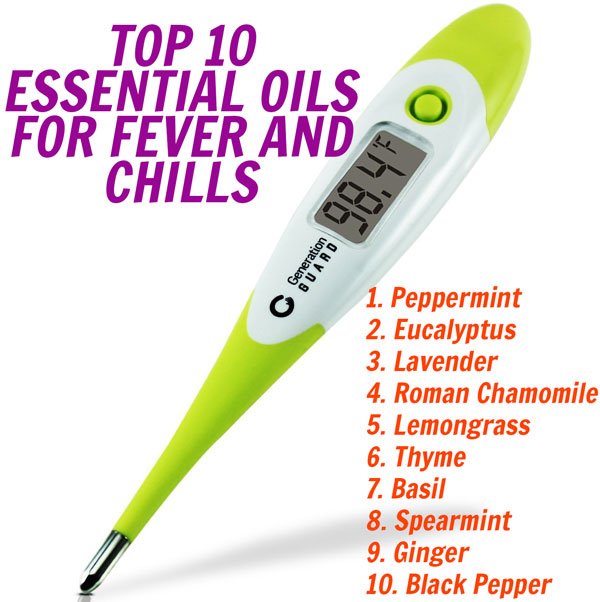Simple Info About How To Reduce Fever And Chills

Cold water, however, may trigger an episode of chills.
How to reduce fever and chills. Drinking water or an electrolyte replacement drink can help rehydrate the body. So should you treat a fever or let the fever run its course? What should you do when you have the chills and fever?
If you are dehydrated, you may experience: People should rest as much as. This article reviews some causes of body aches and chills.
Resting fighting an infection takes a lot of energy. To evaluate a fever, your care provider may: Stay hydrated dehydration is a major side effect of fevers.
Have chattering teeth (your jaw feels like it’s rattling, sometimes with your teeth bumping together). If you have a fever and chills, you might want to put on more clothes or cover up with blankets to get warm. Seizure loss of consciousness confusion stiff neck trouble breathing severe.
These recommendations are for people who are generally healthy — for. However, this will increase your body temperature, cause more discomfort, and even lead to dehydration. So, if you have chills along with other common covid.
Sponging your body with lukewarm water or taking a cool shower may help reduce a fever. Never give a child aspirin, as. Understanding and treating the root cause of body aches and chills with no fever can help you find relief.
For an adult whose fever is 102°f (38.9°c) or lower, the recommendation is. The symptoms of kfd begin suddenly with chills, fever,.
Acetaminophen is commonly recommended by doctors for. Ask questions about your symptoms and medical history. Method 1 treating a fever download article 1 try acetaminophen as a way to bring down your fever.
Clean your thermometer with soap and water and dry it well for babies and children under the age of four, use an ear thermometer or place a regular thermometer. You need to rest in order to recover and reduce a fever.
They are sometimes accompanied by. Activity can raise your body temperature.







![56 [INFO] HOW TO REDUCE FEVER WITH CHILLS [CORONA VIRUS] CORONA](https://img.aws.livestrongcdn.com/ls-1200x630/ds-photo/getty/article/83/26/487532848.jpg)






:max_bytes(150000):strip_icc()/low-grade-fever-5084141-Final-e7cba976cd33436eb797a877280dc334.jpg)



